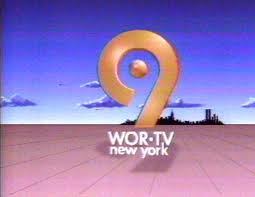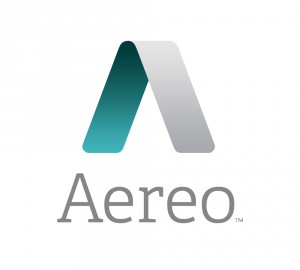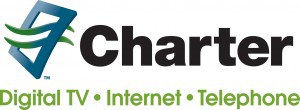
Cheyenne Mayor Marion Orr
An effort to pass legislation that would award state grants to help rural Wyoming communities get high-speed internet was dead on arrival as far as telecom industry lobbyists were concerned.
So they “fixed it” with a secret substitute bill quietly written by the state’s telecom companies.
The replacement legislation effectively turns the state grant program into a fund for the state’s dominant telecom companies — CenturyLink and Charter Communications.
Stop the Cap! has learned the replacement bill gives high priority to eliminating potential competition by blocking funding for communities to establish their own public broadband alternatives to the phone and cable company if those companies already offer service anywhere inside the community.
The bill also seeks to define the Wyoming government’s involvement in broadband as a non-adversarial partnership with the telecom industry, according to Wyoming Senate Minority Leader Chris Rothfuss (D-District 9).
Under the substitute bill, Rothfuss said the telecom industry will now have a say over how the state awards grant funds. The industry is concerned tax dollars could be given to their competitors to offer service in communities where CenturyLink and Charter already provide modest service. But nothing in the bill would keep either company from collecting state funds for themselves, to expand broadband into unserved areas.
The attempt to switch the bills during a state senate committee meeting was met with surprise and outrage by Cheyenne Mayor Marion Orr.
 “I shouldn’t have been surprised to learn industry completely re-wrote proposed broadband legislation to their favor as a ‘substitute bill’ in legislative committee today,” Orr wrote on her Facebook page on Feb. 19. “The substitute bill is substantially different than the original bill. And it wasn’t posted online or anywhere for anyone except insiders to have access to. CenturyLink and Spectrum are bullies. It’s wrong, and they are hurting Cheyenne and other Wyoming communities from gaining affordable access.”
“I shouldn’t have been surprised to learn industry completely re-wrote proposed broadband legislation to their favor as a ‘substitute bill’ in legislative committee today,” Orr wrote on her Facebook page on Feb. 19. “The substitute bill is substantially different than the original bill. And it wasn’t posted online or anywhere for anyone except insiders to have access to. CenturyLink and Spectrum are bullies. It’s wrong, and they are hurting Cheyenne and other Wyoming communities from gaining affordable access.”
The committee working on the bill may have hoped to switch the bills without notice, but Orr was having none of that.
“As soon as I realized the committee was working a different version that none of us had access to – I spoke up,” she said. “The committee set it aside and will hear it again tomorrow night. This is NOT good governance and the committee realized it. I will stay on this. Guaranteed.”
The substitute bill appears to have subsequently passed and is still facing review by the state legislature.
Orr remains furious Wyoming’s telecom companies that have not delivered on ubiquitous, affordable broadband will now have more power than ever to determine who gets service, who pays to extend service, and what companies can provide it.
“It’s as important as turning on electricity, it’s as important as turning on a tap and having water, it’s an absolute must if we’re going to grow,” Orr said.


 Subscribe
Subscribe
 PMCM discovered a little-known law that was originally introduced to help spur the launch of VHF television stations serving small Mid-Atlantic states shadowed by nearby large cities. In 1982, New Jersey Sen. Bill Bradley
PMCM discovered a little-known law that was originally introduced to help spur the launch of VHF television stations serving small Mid-Atlantic states shadowed by nearby large cities. In 1982, New Jersey Sen. Bill Bradley  After a lengthy court battle with the FCC, PMCM successfully
After a lengthy court battle with the FCC, PMCM successfully  A Utah federal district court judge has found Aereo in violation of federal copyright law and must end online streaming of over the air television stations to customers within his jurisdiction, which includes Utah, Colorado, Kansas, New Mexico, Wyoming and Oklahoma.
A Utah federal district court judge has found Aereo in violation of federal copyright law and must end online streaming of over the air television stations to customers within his jurisdiction, which includes Utah, Colorado, Kansas, New Mexico, Wyoming and Oklahoma.


